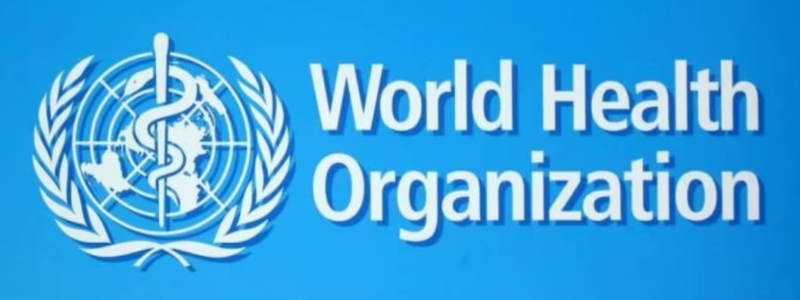The urgency of researchers’ findings was reflected by the launch of the World Health Organisation’s roadmap to prevent and treat TB in children and adolescents. The roadmap, announced at the Union World Conference for Lung health, outlines an ambitious five-year plan with 10 key actions to improve the prevention, treatment, and care of TB in young people.
Children and adolescents experience a disproportionate burden of TB. The WHO recently released its Global Tuberculosis Report, which highlighted that an estimated 1.25 million children and young adolescents fell ill with TB in 2022, making up 12% of the global TB burden.
“It is unacceptable that hundreds and thousands of children and adolescents worldwide still do not have access to life-saving TB prevention, treatment and care”, said Dr Tereza Kasaeva, Director of WHO’s Global TB Programme.
“The new Roadmap lays the groundwork for much needed actions over the next five years building on commitments made by world leaders at the 2023 UN High Level Meeting on TB, to close gaps in access to care and safeguard the rights of children and adolescents.”
- An estimated 1.25 million children and young adolescents (95% uncertainty interval [UI] 1.2–1.3 million) fell ill with TB in 2022; 47% of these were children aged ˂5 years.
- This age group makes up 12% of the total TB incidence of 10.6 million.1 In 2022, an estimated 214,000 children and young adolescents (<15 years) died from TB (95% UI 190,000–239,000), which means that each day, almost 600 children and young adolescents lose their lives to this preventable disease.
- In 2022, 16% of the people who died from TB worldwide were children and young adolescents, a disproportionate percentage compared to the disease burden in this age group. (The Union)
Preventing the risk of MDR-TB in Children
The Union World Conference also heard from researchers from Desmond Tutu TB Centre, University of Stellenbosch, who shared how the risk of developing multi-drug resistant TB (MDR-TB) can be prevented in children.
Their study, which was funded by global health initiative Unitaid among other funders, focused on the antibiotic levofloxacin.
The team showed that a drug regimen of six months was both safe and effective in preventing the development of MDR-TB in children. This community-based trial focused on child and adolescent household contacts of adults with MDR-TB in South Africa.
The study found levofloxacin to be 60% effective in reducing the risk of TB in a noteworthy step for controlling and – eventually – helping to eradicate MDR-TB in children.
MDR-TB disease in children is complex to treat, requires several antibiotics, and can result in catastrophic costs to families. Children with MDR-TB remain one of the most neglected populations affected by TB.
The researchers’ findings lead the way in demonstrating the value of preventative measures for childhood MDR-TB in the face of this global public health issue.
The Union
Established in 1920 as the world’s first global health organisation, the International Union Against Tuberculosis and Lung Disease is committed to eradicating tuberculosis and lung disease, leading to a healthier world for all. Its members, staff, and consultants work in more than 140 countries globally.
The Union aims to improve the world’s lung health by prioritising prevention and care, through bringing together clinicians, patients, survivors, policy makers, scientists, and managers to disseminate and implement knowledge in practice. The Union’s work is exemplified by its core values of quality, transparency, accountability, respect, and independence.








